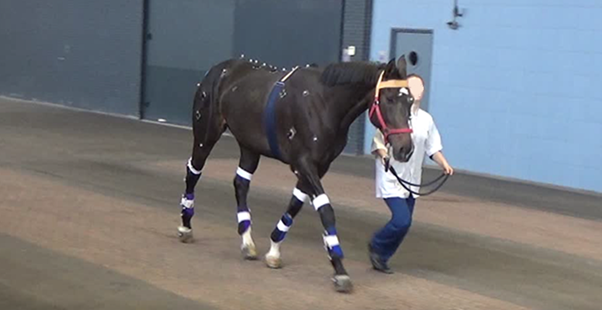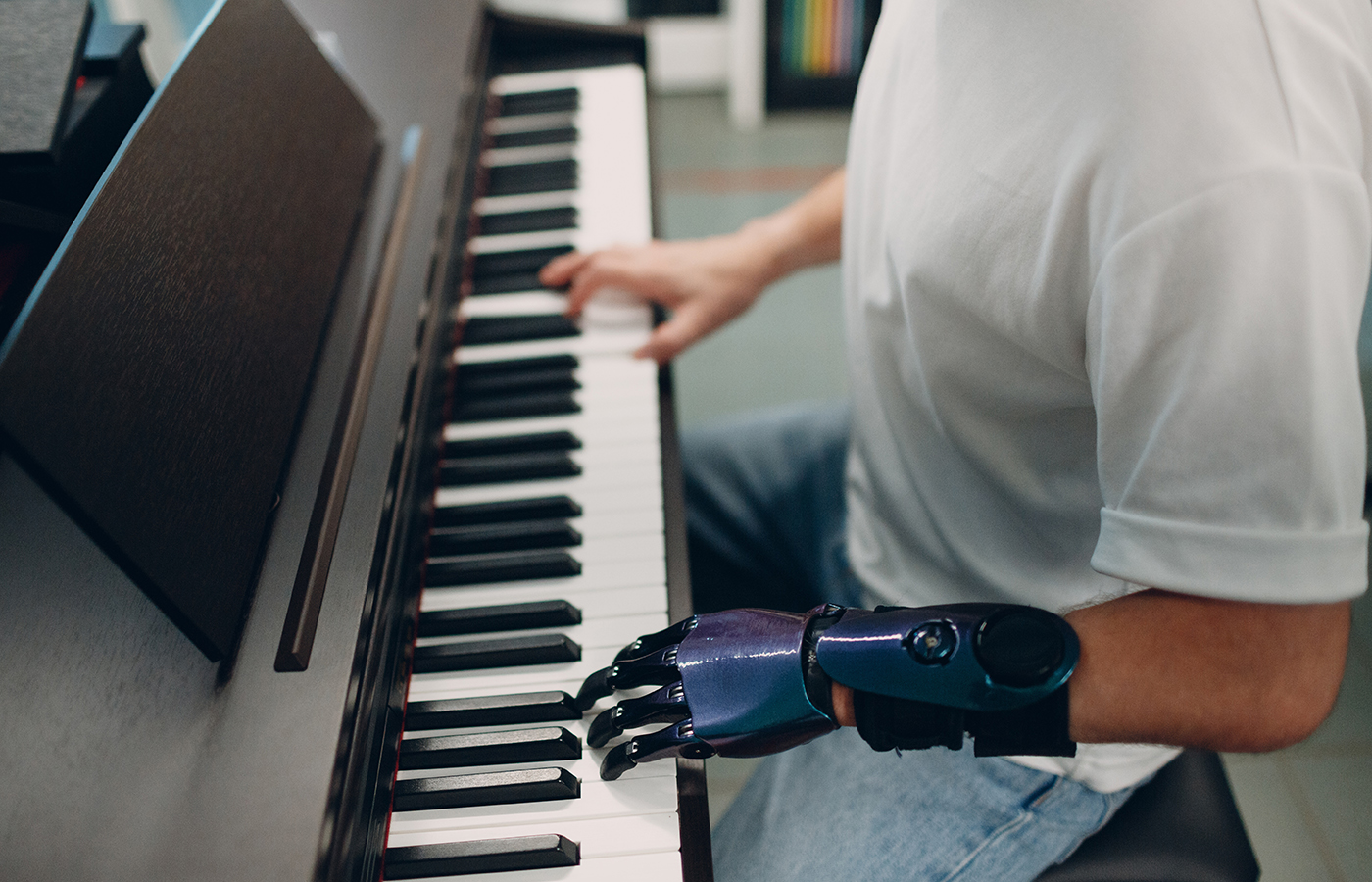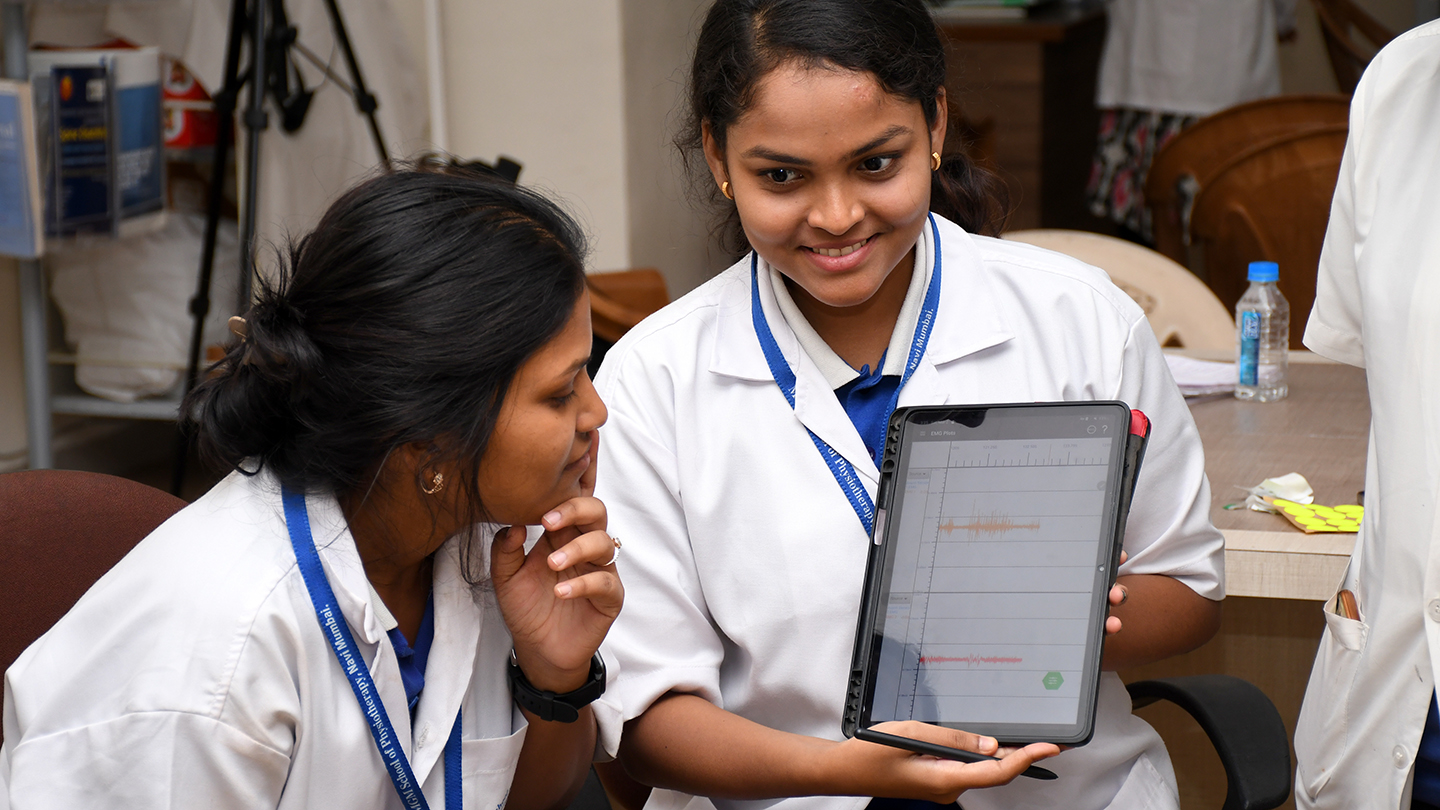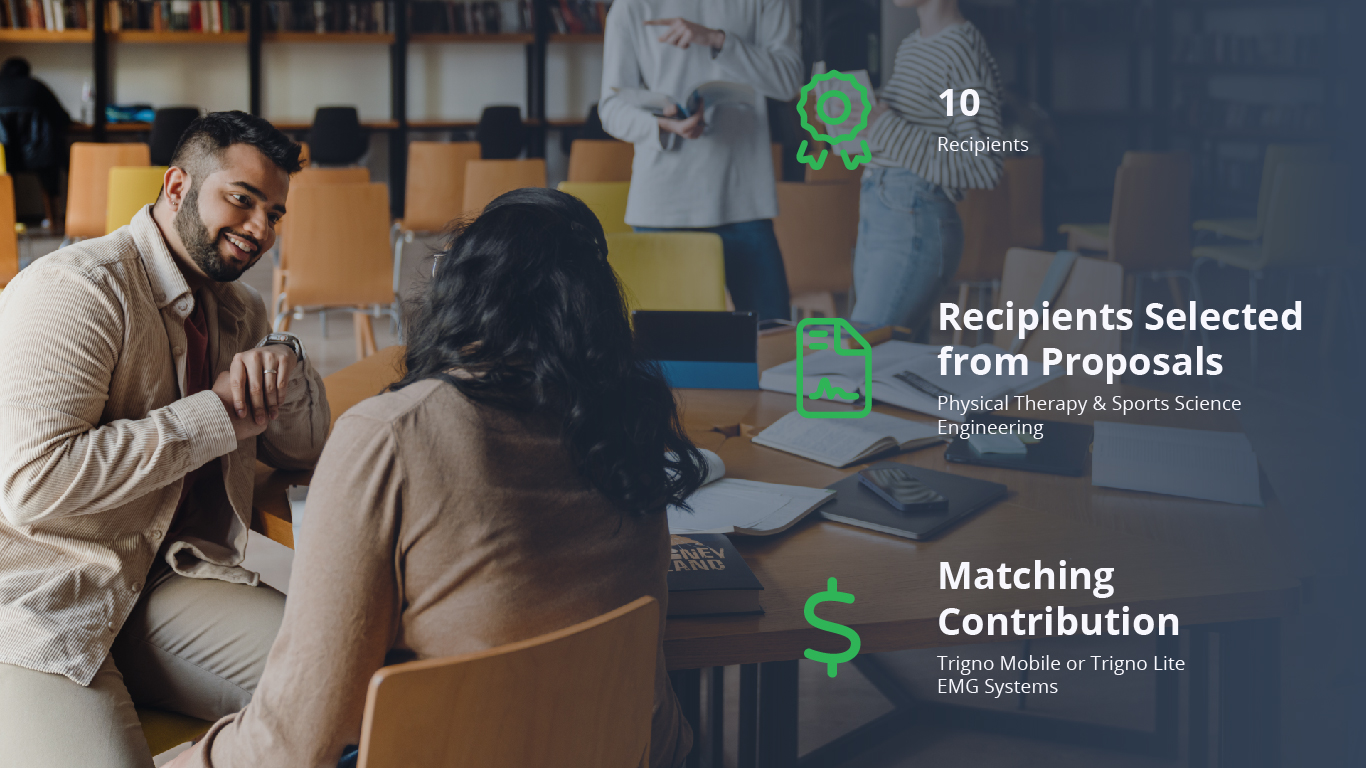Key Takeaways
1
Equine lameness is the leading cause of veterinary examination and requires associated costs of more than 1 billion dollars for horse owners.
2
Lindsay St. George, and collaborators, are working to understand the neuromuscular role in the origin and manifestation of equine lameness.
3
High quality sEMG signals can be captured with precision and quality, even with larger animals, which allowed the researchers to assess muscle activation and lameness for the first time in equine locomotion.
At Delsys we believe in innovation. We believe in the exploration of the unknown. And foremost, we believe in the researchers who use our technology to answer the key questions within their field of work. These values and principles are exemplified by so many and Lindsay St. George, a research fellow from the University of Central Lancashire, alongside her colleagues from Utrecht University are carving new pathways within the field of equine biomechanics.
Having completed her PhD in Equine Biomechanics in 2017, Lindsay is now asking further questions about the ways in which we understand neuromuscular function within equine locomotion. As recognition of her drive to advance the health of animals, Lindsay has recently been awarded a 2021 Fellowship Training Grant from the Morris Animal Foundation. The latest study will quantify the role of neuromuscular control in the etiology and manifestations of equine lameness. However, as with any work, progress cannot be made independently. Lindsay is fortunate to have strong mentorship from Dr. Sarah Hobbs (University of Central Lancashire), Dr. Serge Roy (Delsys Inc./Altec) and Dr. Filipe Serra Braganca (Utrecht University) in combination with the unwavering guidance and support of Dr. Tijn Spoormakers (Utrecht University), Prof. Jim Richards (University of Central Lancashire) and Prof. Hilary Clayton (Michigan State University).
But why study lameness in particular? To answer this question, you only need to look at the current clinical and economic burden of the disorder. Lameness is the most common reason for veterinary examination and the associated costs of the occupational disabilities associated with lameness exceed $1 Billion per year for horse owners. Pain avoidance associated with lameness manifests as asymmetrical movement and weight bearing and is perpetuated by altered (adaptive) muscle activity. However, adaptive muscle activity in equine lameness has yet to be documented and diagnostic methods are currently unable to accurately quantify isolated muscle function.
Through novel use of surface electromyography (sEMG), this research will be the first comprehensive sensor-based quantification of muscle function during both normal equine locomotion and during lameness. The pioneering nature of the work will advance the development of state-of the-art assessment criteria and procedures that will aid clinicians in identifying adaptive neuromuscular changes.

Delsys technology has long been used to assess muscle activation in humans. Wearable sensors provide key criteria for the neuromuscular assessment of adaptive movement mechanics. The crossover to animals is a natural progression within the field of biomechanics. What is truly impressive is the preservation of sEMG signal quality even within such a large animal, such as a horse. The precise and consistent quality of the sEMG signal, alongside the joint kinematics, from a trotting motion is demonstrated within Figure 1.

Morris Animal Foundation is a global leader in supporting studies that find solutions to serious health threats to animals. Generous investments have facilitated research with the aim of improving the quality of life for countless animals worldwide. Through dedication, and a steadfast belief that sEMG technology can advance the knowledge of the scientific field, this research fellowship will make strides into the betterment of current clinical practices and build upon over 2,780 previous animal studies that have benefitted from the financial support of the Morris Animal Foundation.

Speaking of the way in which sEMG is currently used within equine biomechanics, Lindsay noted…

Lindsay’s work has consistently looked to push boundaries within the world of equine biomechanics. The enthusiasm, dedication and unrelenting appetite shown by her, and the wider team, to advance knowledge is one that we embrace and whole-heartedly endorse.





